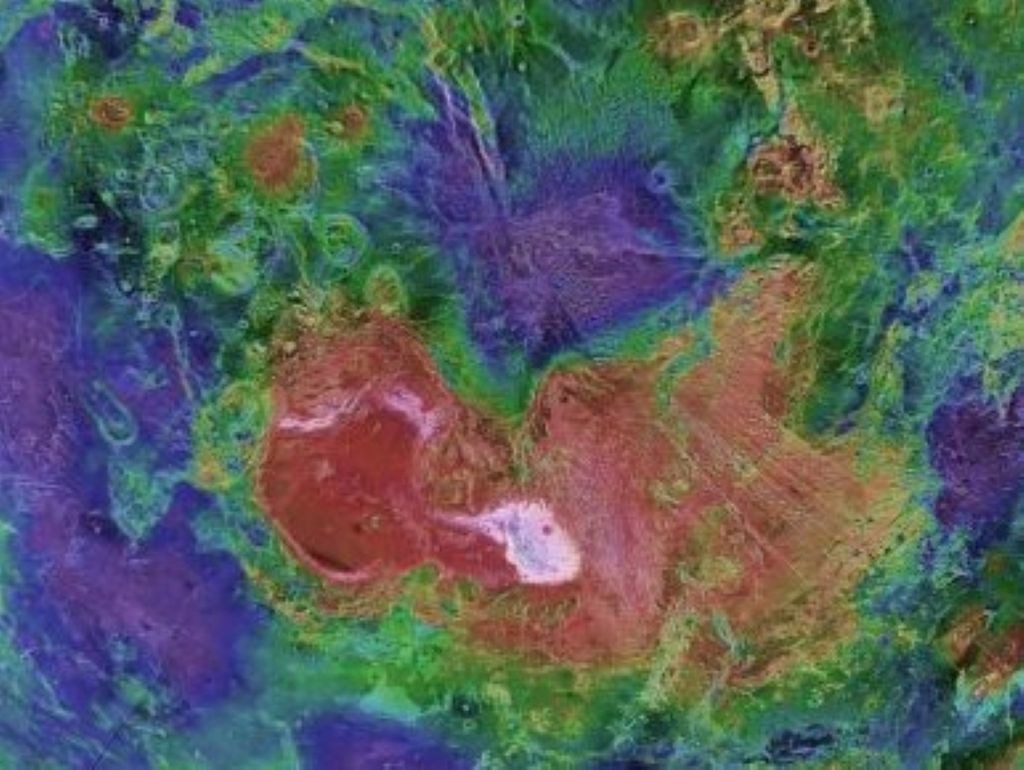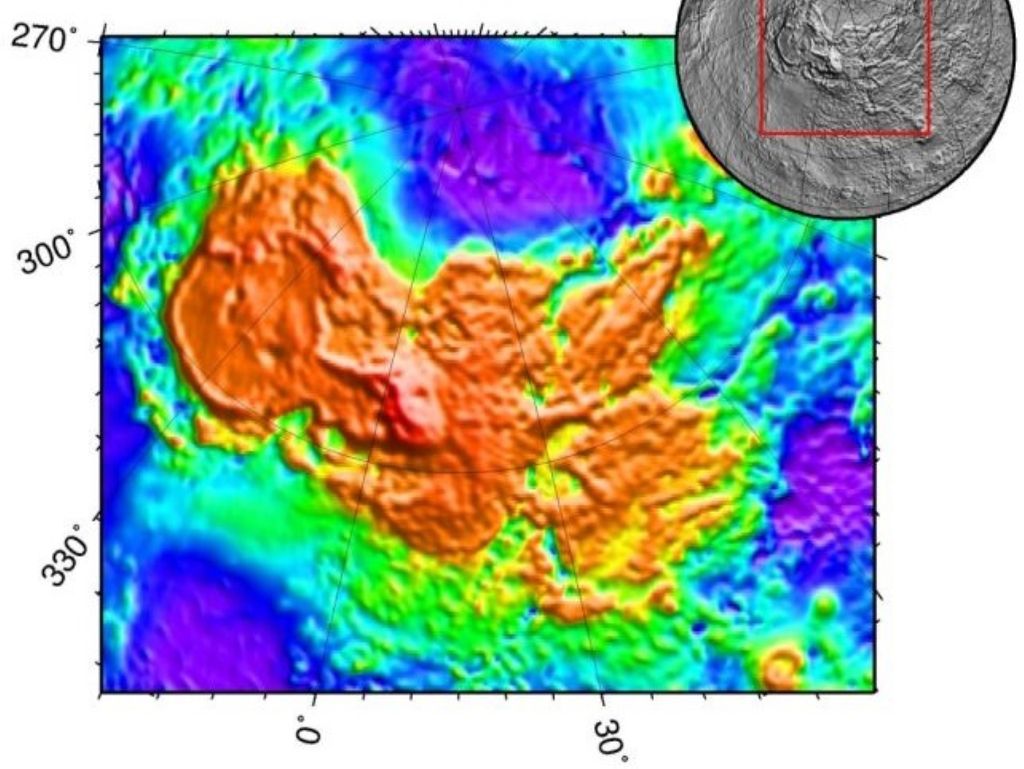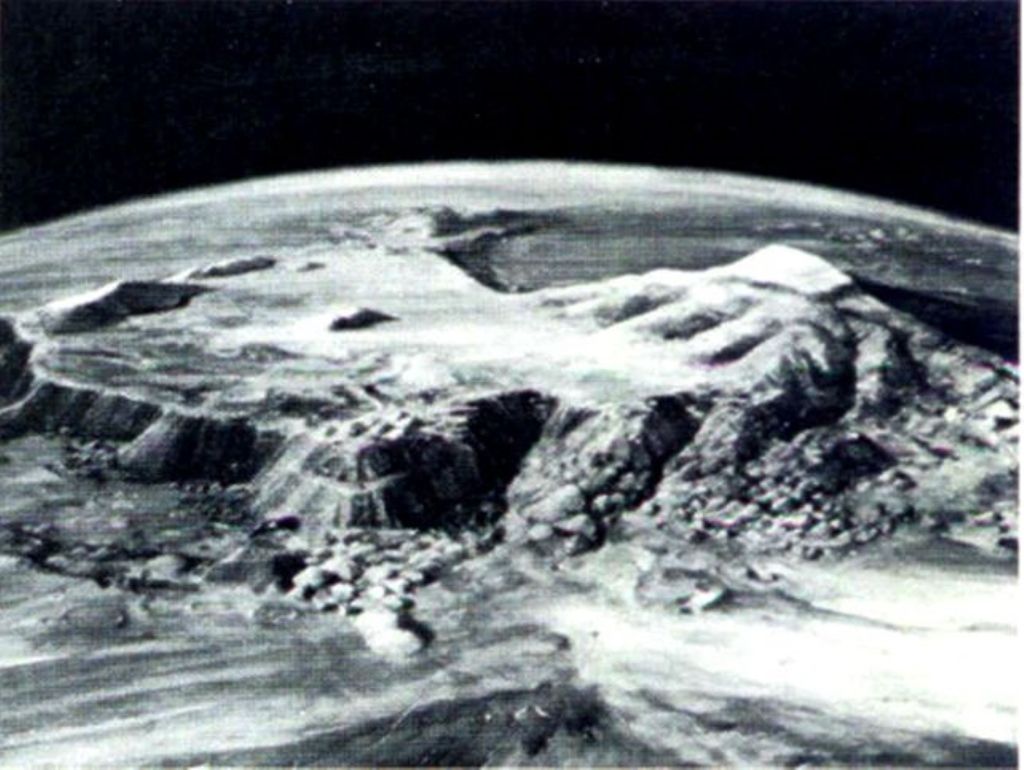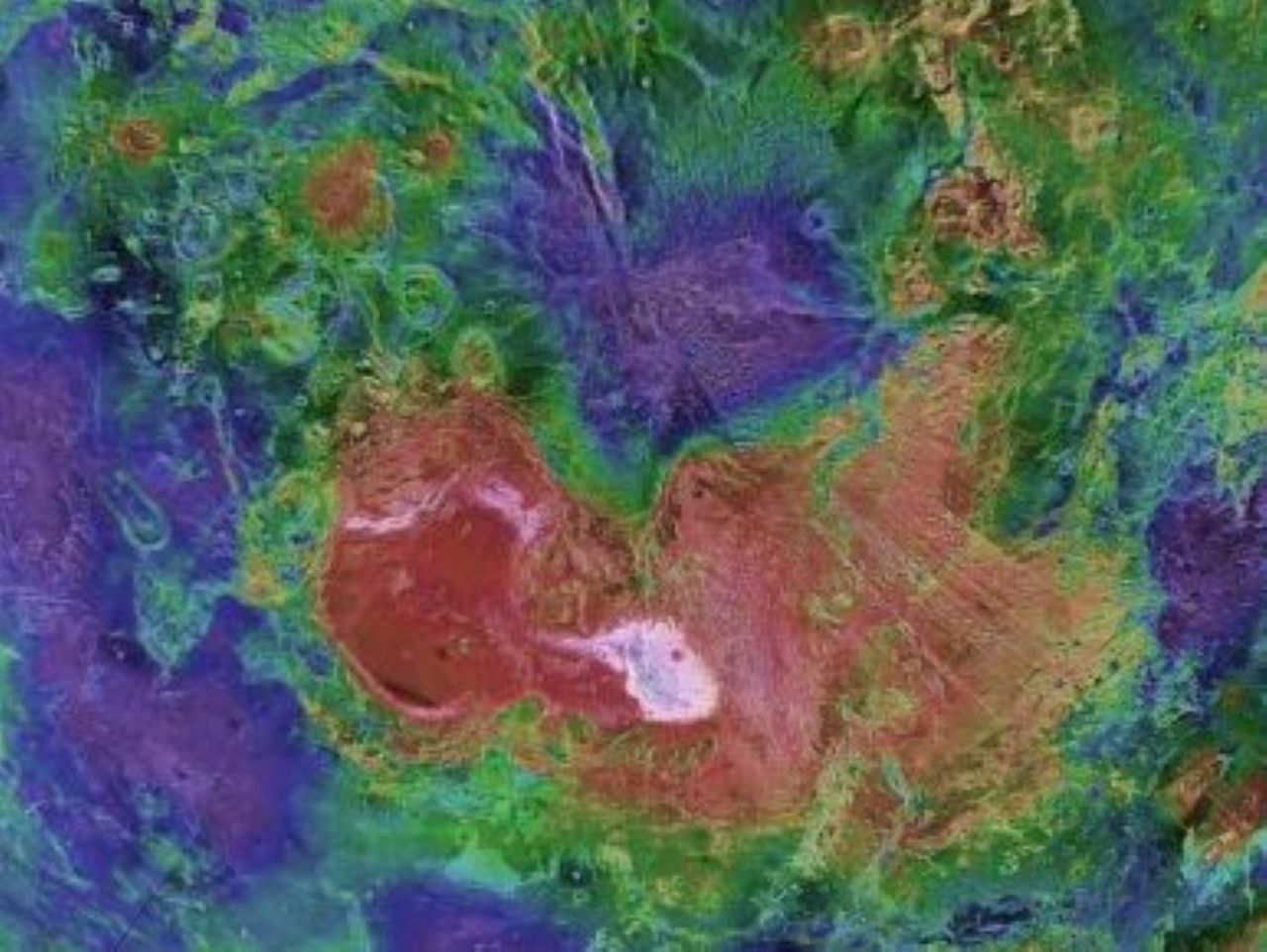
One of the first things we learn in elementary school, when they talk to us about astronomy and the solar system, is that Earth and Venus could be twins.Especially since they are almost the same size.
As for their location relative to the sun, both of them live in the habitable zone (just like Mars), so we can think that both of them must have life, Nothing could be further from reality.A recent study found that there are important differences beyond what we know.
Despite some similarities, both “brothers” They lived completely different lives.While on Earth, we have a safe atmosphere, oceans and land masses covered with vegetation, as well as moderate temperatures.
Venus is covered in thick clouds of gas. More toxic than your ex, with atmospheric pressure that can crush potatoes so hard they become pizza bases, In addition to being the planet with the highest temperature in the entire solar system..

Geological processes on Venus
while Venus does not have tectonic plates.On Earth they are those that help to have large separate areas, rubbing against each other, which can maintain a stable climate on the planet, in addition to supporting the continental masses.
The fact that there are no tectonic plates on Venus This is the most important thing in terms of planetary differences. It points out, but in reality there are many more differences than we thought, for example, we cannot know what its geological past was like.
Great Plateaus found on this planet and are known as “tiles”. It appears to have been formed by tectonics.But it persists to this day, due to the lack of tectonic plates, and its formation remains a mystery.
What was found has puzzled scientists, since the Venusian tile apparently It is possible that they were formed in processes very similar to those that occurred here on Earth. This led to the emergence of the first continents millions of years ago.
Craton
No doubt New study tests understanding of planetary evolution This is what was known until now, according to geologist and project leader Fabio Capitanio, from Monash University (Australia).
We did not expect Venus, with its scorching surface temperature of 460 degrees Celsius and lack of plate tectonics, to have such complex geological features.
The Earth's crust is very complex compared to the crust of other planets.. In addition to being fragmented into loose “pieces” that interact with each other, slowly sliding and subducting each other, in a process known as subduction, into different configurations.
Oldest parts of The Earth's continental crust is made up of areas known as cratons.Continental tectonic plates are generally weaker than oceanic plates, but there are areas where the rocks are older, denser, and more resistant.
Today we know about 35They are thought to have first formed by pushing through the Earth's molten interior and then solidifying, providing points around which continents could find support so they could grow.
Data and simulation
Thanks for Magellan mission 1989-1994 and its radar probe, NASA has mapped the surface of Venus in detail under the cloud cover. From sulfuric acid. Revealing more of what little we know about the planet because it is impossible even for robots to visit before it is crushed.
The team benefited from this historical data, Focusing on the plateau area known as Terra Ishtar, the largest plateau on Venus.With the help of computer simulations, they explored the formation of this region billions of years ago, when the solar system was still in its infancy.

Their results indicate that The mosaic may have formed the same shape as the cratons.rising from the molten interior of Venus to the surface and solidifying in the planetary crust.
This discovery provides a fascinating new perspective on Venus and its possible connections to the early Earth.
Capitanio, who also mentions this, explains: Features on Venus are strikingly similar to the continents of early Earth.Suggesting that Venus' past dynamics may have been more similar to Earth's than previously thought.
turning point
Although both planets went through different stages throughout their formation, especially at the level of the Earth's crust, This new study gives us insight into how both evolved. Regardless, there are similar processes between cratons and tectonic plates.
This moment is important, because This is when the properties of the different planets arise. This could give us clues about how habitability is created and maintained on rocky planets like Earth.
The most powerful tool we can have is Knowing when and where the planets alignBy studying similar features on Venus, they hope to unlock secrets of Earth's early history, Capitanio said.
The search can be found at Nature Geoscience.





